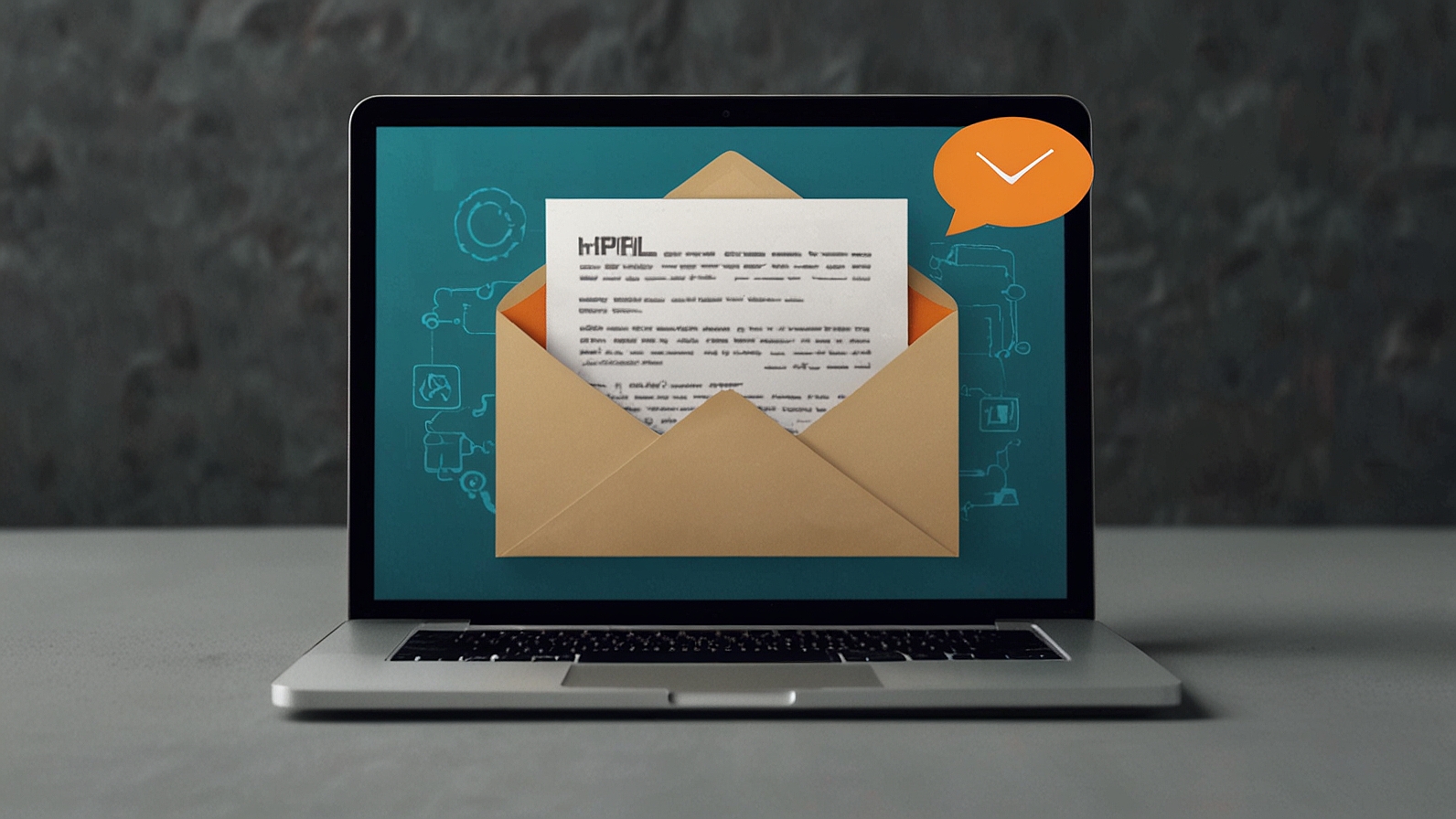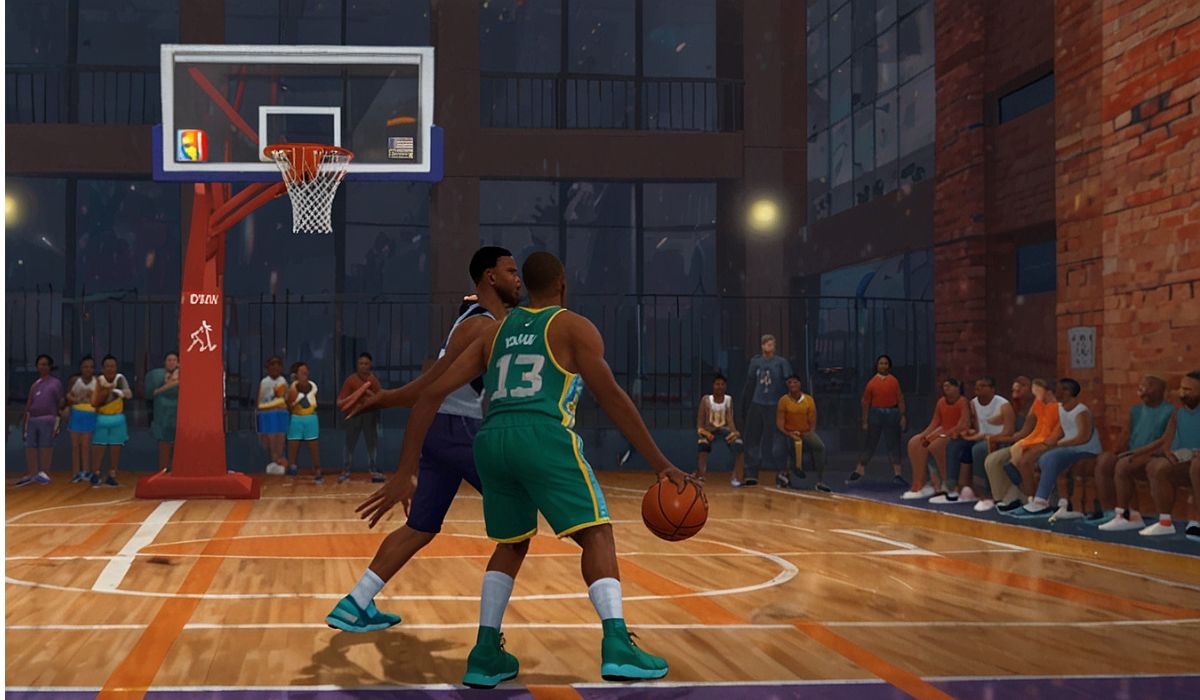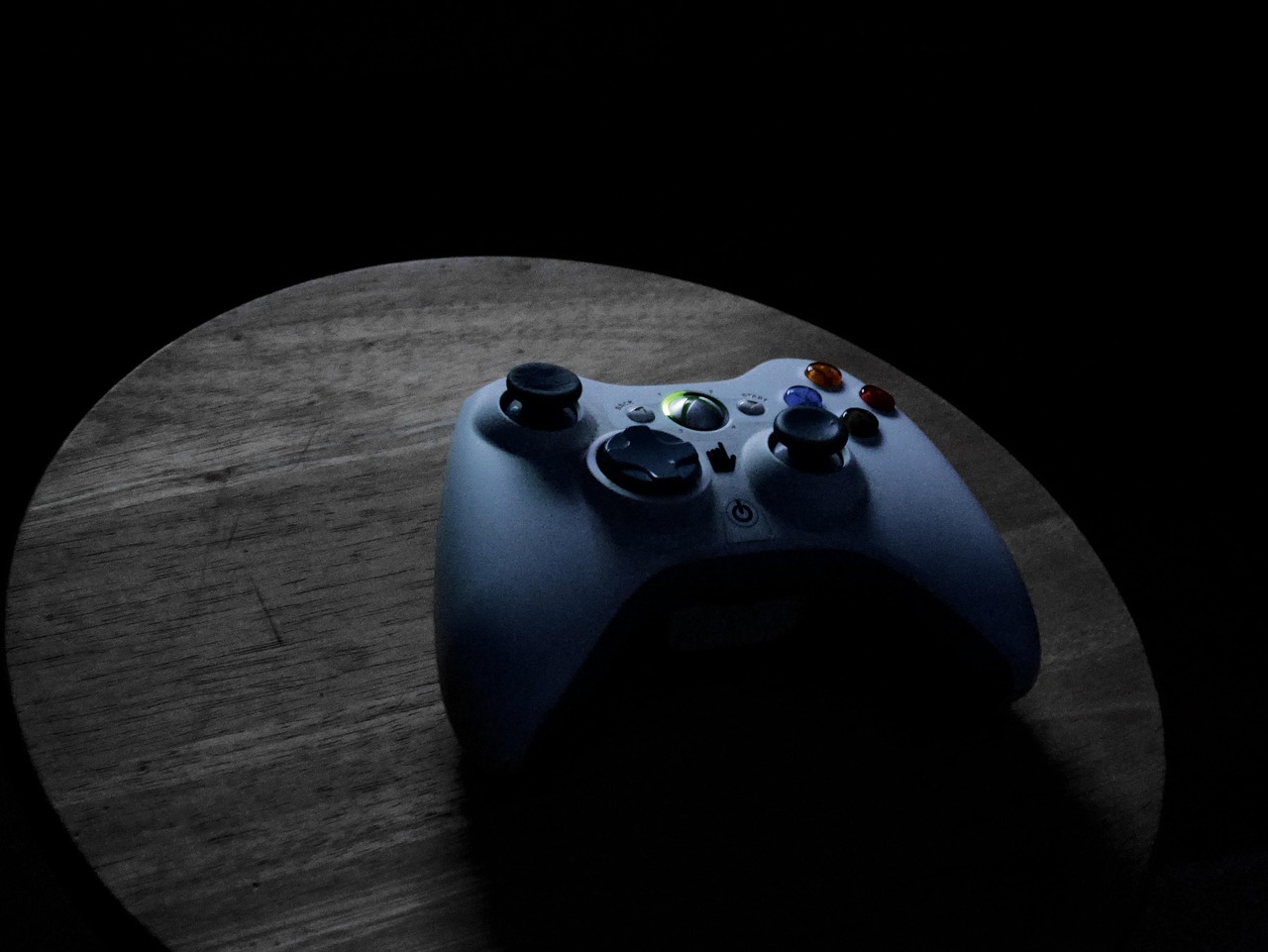Introduction
PSD to HTML email conversion is critical in turning static designs into functional, accessible marketing communications. While the process may seem straightforward, the unique requirements of email coding mean that small oversights can lead to rendering issues, poor performance, or reduced accessibility. This article highlights ten frequent mistakes made during conversion and guides how to prevent them for consistent results across email platforms.
Don’t Skip Proper Layer Organization in Your PSD
A messy PSD file can turn email coding into a headache. When layers are randomly named like Layer 1 or Copy Final Final, it’s easy to lose track of elements. For example, if your “CTA button” layer is buried inside a group called Random Shapes, you might miss exporting it correctly, and your email could end up without a working button. If you want to efficiently convert PSD to HTML email, keep layers named clearly—like Header Image, Main Text, or Footer Links—and group related items together. Using guides and grids also helps maintain consistent spacing. A clean, well-organized PSD makes slicing assets faster, prevents mistakes, and ensures your HTML email looks exactly like the design.
Avoid Ignoring Table-Based Layouts for Email
Unlike websites, HTML emails still depend on tables for layout because many email clients—especially older ones like Outlook—don’t fully support modern methods like flexbox or grid. If you skip tables and rely only on these newer layouts, your carefully designed email might look broken or misaligned when opened. For example, a two-column design built with CSS grid might collapse into one messy block in Outlook. To keep your design consistent across all clients, build your structure with nested tables and use inline styles for formatting. This approach may feel old-school, but it ensures your HTML email displays the way you intended everywhere it’s viewed.
Don’t Forget Inline CSS for Email Clients
Many email clients, like Gmail and Outlook, strip out external or embedded CSS, which means your beautiful styles might never show up. If your email’s font, colors, or spacing rely only on a linked CSS file, there’s a good chance they’ll disappear when the recipient opens it. For example, a button designed with an external style might just turn into plain text. To avoid this, place critical styles—like font sizes, colors, padding, and borders—directly in the HTML as inline CSS. While it takes more time to code, it ensures your email looks consistent in Gmail, Yahoo, Apple Mail, and even the most stubborn older clients.
Stop Using Unoptimized Images
Oversized or uncompressed images can make your HTML emails load slowly, frustrate readers, and even trigger spam filters. For example, a 3MB banner image might look sharp, but it can take several seconds to appear—especially on mobile data—causing people to close the email before it loads. Always use compressed formats like JPEG or PNG, and prepare retina-ready versions that are sharp but still lightweight. Include descriptive ALT text so people using screen readers—or those with images turned off—still understand your message. And whenever possible, avoid putting important text inside images, since it won’t be visible if the image fails to load.
Never Skip Testing Across Email Clients
An email that looks perfect in Gmail might break completely in Outlook—or show missing images in Yahoo Mail. Each email client reads HTML differently, so skipping testing is a recipe for broken layouts, misplaced buttons, or unreadable text. Even small quirks, like extra spacing in one client, can make your design look sloppy and hurt engagement. That’s why it’s important to preview your email across multiple clients and devices before sending. Tools like Litmus or Email on Acid let you see exactly how your email will render in dozens of environments, so you can fix issues early and ensure a consistent experience for every reader.
Avoid Overcomplicating the Code
HTML emails aren’t the place for fancy scripts, complex CSS animations, or deeply nested structures. Many email clients block JavaScript entirely and struggle with advanced styling, so adding them can cause your email to break or display inconsistently. For example, a clever hover animation might work in Apple Mail but completely disappear in Gmail. Keeping your code simple and lightweight not only improves compatibility but also makes it easier to maintain and troubleshoot later. Focus on clean tables, basic inline styles, and straightforward layouts. The simpler your HTML email code, the more likely it will render correctly for every subscriber.
Conclusion
Accurate PSD to HTML email conversion requires careful attention to detail and a clear understanding of how different email clients handle code. By identifying and avoiding these common mistakes, developers and designers can ensure their emails are visually consistent, technically sound, and accessible to all recipients. A methodical approach minimizes post-launch issues and supports a reliable and efficient email production workflow.
You May Also Read: The App-Switching Nightmare is Over: How lwedninja Unlocks Creative Flow










